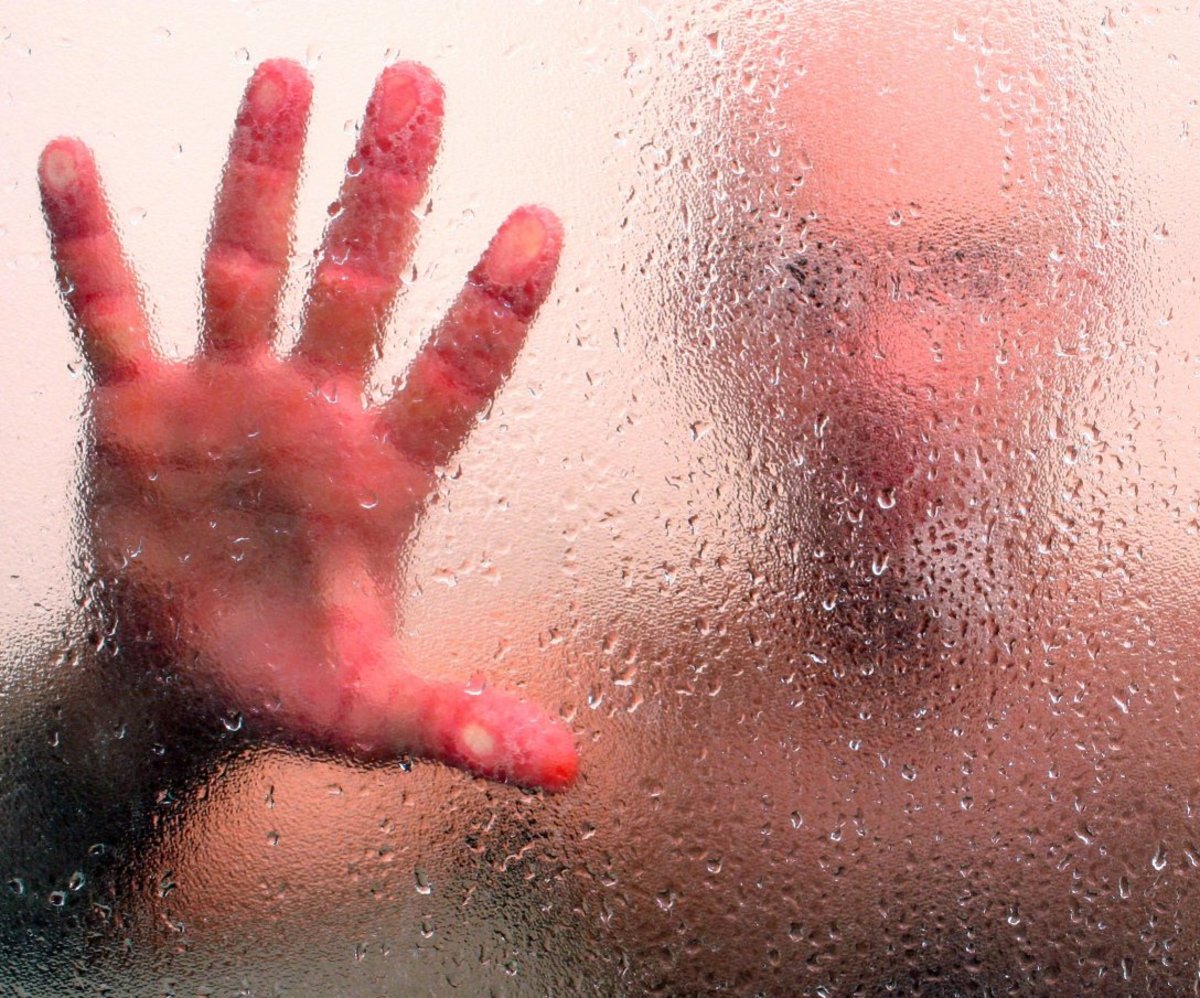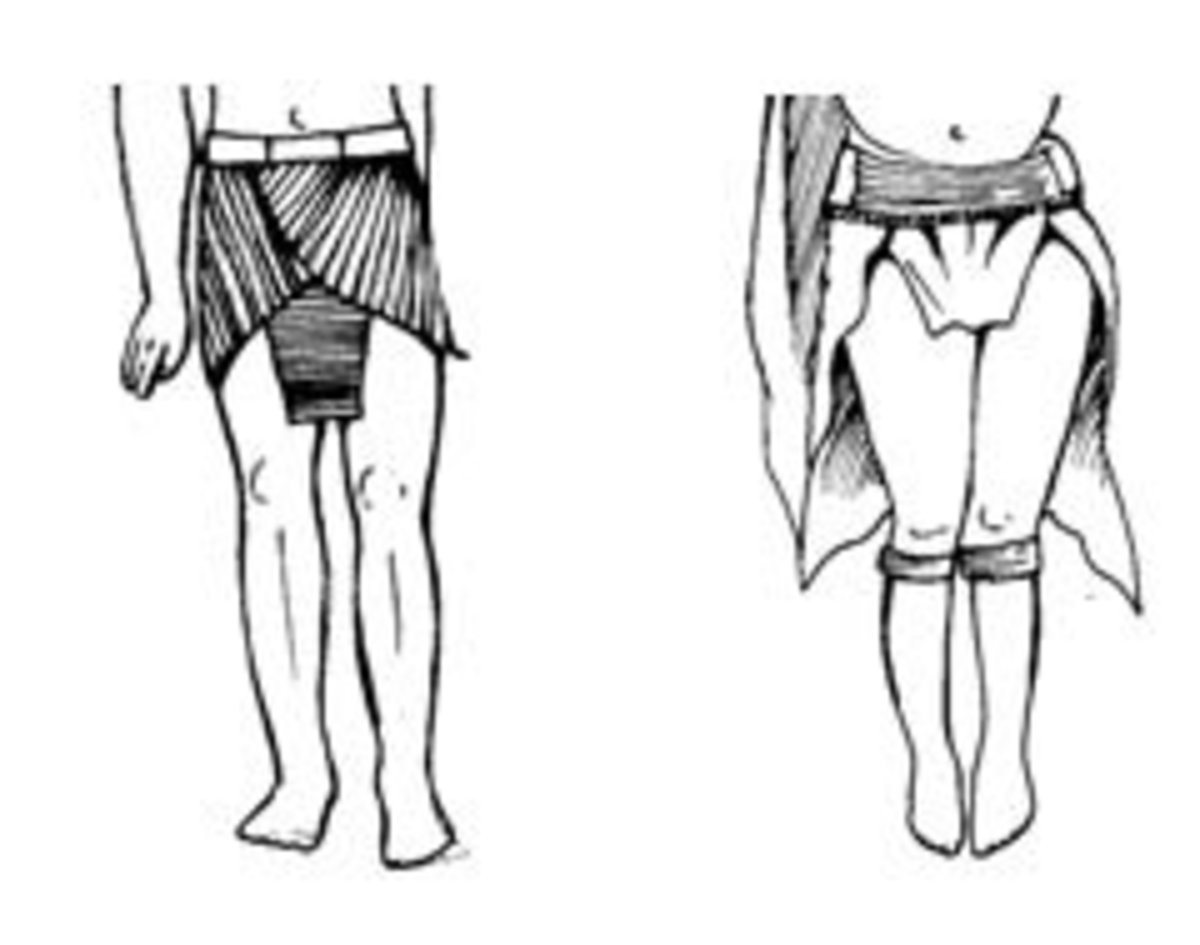The Naked Ape - why did Early Humans lose their Hair
Why humans lost their hair
Dr Desmond Morris published his epic zoological study of the Human animal in 1967, calling it “The Naked Ape because humans are the only primate that is not completely covered in fur or hair. We know that our ancient ancestors were covered in fur or hair, just as modern primates are, yet modern humans have little body hair compared to other apes. Scientists have proposed many theories as to why and when humans lost most of their body hair. Recently (2011) Dr. David Wilkinson, Liverpool John Moores University, and Professor Graeme Ruxton, University of Glasgow, used advanced computer modelling to show how one of these theories may have worked in practice, why the human body shape adapted to help humans hunt and why humans sweat so much..
The previously advanced theories are interesting and various. The parasite load theory states that humans lost their body hair because less hair attracted fewer ticks and fleas, and they are much easier to remove from a less hairy body. However, this is unlikely since if it were so why have all other primates retained their hair. The only possible explanation is an evolutionary adaptation in response to a specific parasite borne disease, not a sudden outbreak but a long-term problem. It would mean that individuals with less hair survived and hairier individuals did not. It might mean that humans preferred less hairy mates, who were less likely to carry fewer parasites and pose less danger of disease.
The Aquatic Ape theory is a much earlier theory, and is not borne out by evidence, or any reasonable assumptions. The semi-aquatic rhesus and proboscis monkeys, living in swampy forests, swimming to collect food have not lost their hair, although they spend much time in water. The aquatic mammals that have lost their hair have radically adapted body shapes too, like whales and dolphins. Those mammals, which spend much time in water, for example, Hippopotami, have other adaptations too; hippopotami have their eyes and nostrils towards the top of their heads. In addition, hairless mammals such as Aardvarks and mole rats do not enter water.
It is likely that some ancestors lived by the seas and along river banks but living by water would not set an evolutionary adaptation in train, only generations of animals living in water could do that. The human body shape does not fit with an aquatic ancestry. Humans walk upright and their skeletons, including the hipbones, have changed to allow this. The human head is at 90 degrees, the head can turn, to the upright spine ideally suited for standing and walking upright. Aquatic mammal’s heads are straight onto their spines and their eyes and nostrils or blow holes towards the top of the head, to enable breathing. Some cite human fat layers as evidence of an aquatic ancestry, but many land mammals put on seasonal fat layers and animals such as dogs, with no aquatic ancestry get fat on too much food and insufficient exercise.
Another theory postulates that humans lost their body hair, because it was no longer needed once they had fire, clothing, and shelter to keep them warm. However, were this so, one would expect mammals, living in the hottest parts of the World, to have lost their hair or fur too. Conversely, clothing could have caused humans to lose their body hair, both because it acts more directly to keep the skin warm, rendering fur unnecessary, and also clothes may have inhibited hair growth due to constant rubbing on the skin, men sometimes have bald patches on their ankles due to socks rubbing the skin.
Scientists have also suggested that the human ancestors lost their hair three million years ago so that they could run faster, when hunting. Dr. David Wilkinson and Professor Graeme Ruston used advanced computer modelling showing how hairy bodies hindered early hunters; they were unable to sweat enough to cool down sufficiently. Dr. Wilkinson says that the human animal, when viewed through a zoologist’s eyes, is a remarkably odd animal that has lost its body hair and walks upright. The computer model meant he and Professor Ruston could investigate whether the human body shape is an adaptation allowing humans to run long distances in the heat. The model suggests the earliest upright walking humans may have walked or run short distances, perhaps to a tree to escape predators but they could not run long distances to hunt.
The computer model shows just how important the human characteristic of sweating profusely was in allowing ancient humans to run long distances in the tropics. The fossil record says that humans first walked upright around four million years ago but hair does not fossilize and, therefore, no one knows when humans began to lose their hair. Dr. Wilkinson thinks it was probably around three million years ago. The computer model reveals more about our ancestors, but as Dr. Wilkinson says unless a human ancestor is found buried in volcanic ash, which preserves hair, we cannot state exactly when our ancestors lost their hair and humans became the only “naked ape”.
http://www.freedigitalphotos.net/images/Primates_g140-Gorilla_p21288.html








